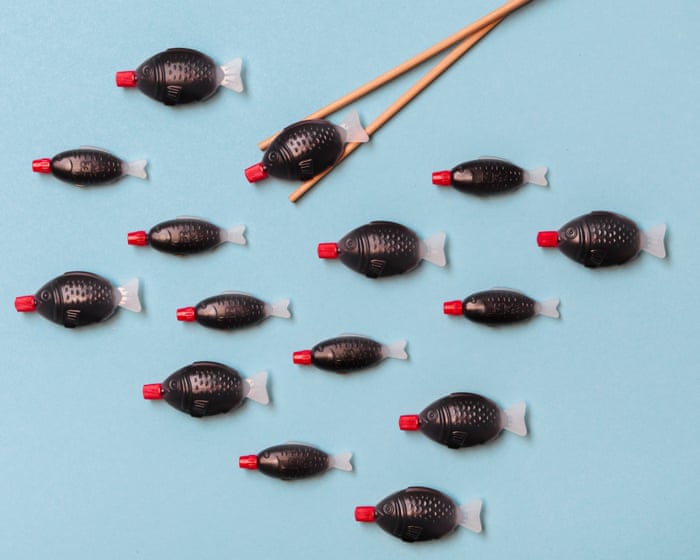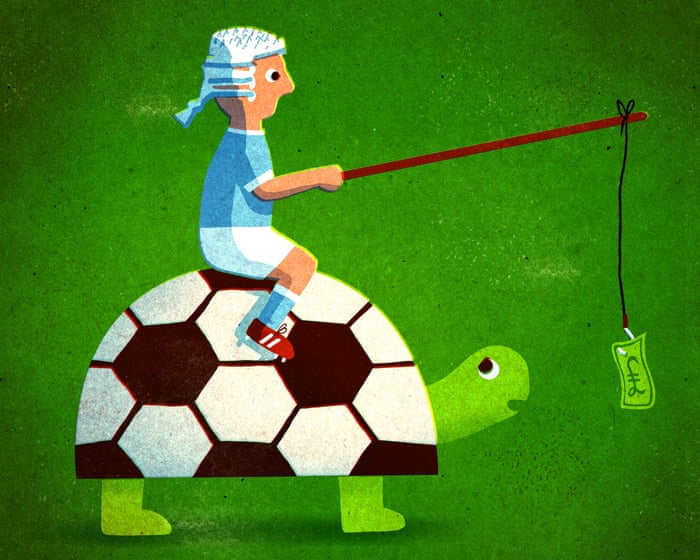For decades, fish-shaped soy sauce dispensers have been a common sight at sushi takeaway shops worldwide, but their days may be numbered. South Australia is set to become the first place in the world to ban these items as part of a broader prohibition on single-use plastics, effective from September 1.
According to a report from Japan’s Radio Kansai, the dispenser, known as shoyu-tai (or “soy-sauce snapper” in Japanese), was invented in 1954 by Teruo Watanabe, founder of the Osaka-based company Asahi Sogyo. Before this, glass and ceramic containers were typically used, but the rise of inexpensive industrial plastics made it possible to create small, fish-shaped polyethylene containers, officially named “Lunch Charms.” The invention quickly gained popularity across Japan and eventually spread worldwide.
Under South Australia’s new regulations, only pre-filled soy sauce containers with a lid, cap, or stopper and holding less than 30ml will be banned. Plastic sachets will still be allowed, but the government encourages sushi shops to switch to bulk bottles or dispensers instead.
South Australia’s Environment Minister, Dr. Susan Close, explained that each plastic fish container is used for mere seconds, yet their small size makes them easy to drop, blow away, or wash into drains, contributing significantly to street and beach litter. She noted that these “convenience packaging” items can be replaced with bulk or refillable alternatives, helping reduce the amount of single-use plastic waste.
The ban also includes other single-use plastic items like cutlery and expanded polystyrene food packaging, such as the containers used for instant bowl noodles.
Dr. Nina Wootton, a marine ecologist at the University of Adelaide, pointed out that plastic sushi fish are particularly harmful because marine life may mistake them for food. If not yet broken down into microplastics, these intact items could be eaten by organisms that prey on small fish. She added that due to their thick plastic construction, they take a long time to degrade.
Cip Hamilton, a campaign manager at the Australian Marine Conservation Society, welcomed the ban as a positive step but emphasized the need for broader action. She urged governments to implement stronger laws that reduce plastic production and consumption, holding businesses accountable for the products they sell. Without such measures, she warned, Australia’s marine life and coastlines will continue to suffer from plastic pollution.
Frequently Asked Questions
Of course Here is a list of FAQs about Australias ban on fishshaped plastic soy sauce containers designed to be clear and helpful
General Beginner Questions
Q What exactly did Australia ban
A Australia banned the sale and supply of singleuse plastic soy sauce fish containers along with other singleuse plastics like cutlery straws and stirrers
Q Why ban something so small and specific
A While they seem small these items are used in massive quantities are almost never recycled and are a major source of plastic pollution that harms wildlife
Q When did this ban go into effect
A The ban officially started on November 1 2022 though some states had already implemented similar rules earlier
Q Is it just the fishshaped ones or all soy sauce packets
A The ban targets all singleuse plastic soy sauce containers but the unique fish shape made them a symbolic and wellknown example of the problem
Q What will restaurants use instead for takeaway soy sauce
A Alternatives include paper sachets bamboo or cardboard containers or simply providing soy sauce in larger recyclable bottles for customers to use at home
Environmental Impact Reasoning
Q Whats the big deal with these little plastic fish
A They are a classic example of problematic plastic designed for one brief use difficult to recycle due to food contamination and small size and they often end up as litter in oceans and waterways
Q How does this ban help the environment
A It reduces plastic waste prevents these items from polluting natural environments and lowers the risk of wildlife mistaking them for food and ingesting them
Q Were these containers recyclable
A Technically some types of plastic they are made from can be recycled However in practice their small size food residue and the way they are discarded meant they almost never were
Q Is this part of a larger plan
A Yes This is one step in Australias National Plastics Plan which aims to phase out problematic and unnecessary plastics by 2025 to protect the environment and reduce waste
Practical Advanced Questions
Q What are the penalties for businesses that dont comply
A Penalties vary by




